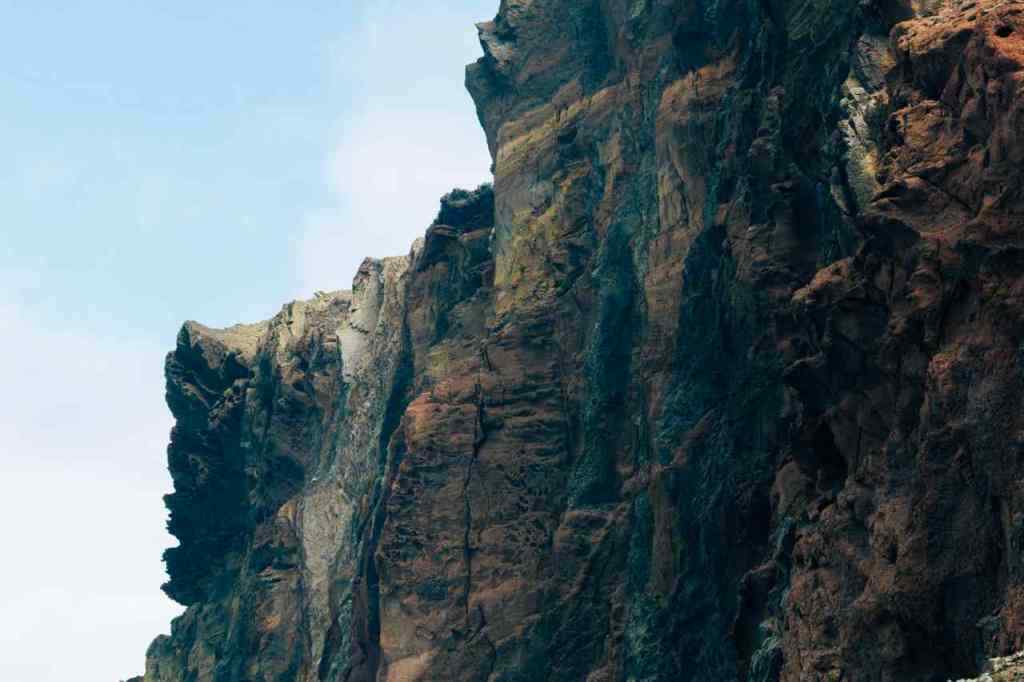Earth’s Early Oasis: Was Our Planet Habitable Billions of Years Ago?
For eons, scientists have pictured the early Earth as a fiery hellscape, a planet covered entirely in churning magma oceans. Kinda makes you want to grab a cold drink and be glad you weren’t around back then, am I right? But what if this long-held belief is wrong? Buckle up, science fans, because new research suggests that Earth’s early years might have been a tad more… refreshing.
A recent study analyzing ancient crystals – we’re talking seriously old, like way older than your grandma’s antique china – has dropped a bombshell on the scientific community. These tiny time capsules hint at the existence of dry land and, get this, fresh water on Earth a mind-boggling four billion years ago. This revelation throws a wrench in our understanding of the Hadean Eon, the earliest period in Earth’s history, and suggests that conditions suitable for life might have existed far earlier than we ever imagined. Yeah, you read that right – life, potentially kicking it on Earth way back when.
Zircon Crystals: Tiny Treasures with a Big Story to Tell
So, what are these magical crystals that are rewriting Earth’s history? Meet zircon, the Beyoncé of the mineral world – tough, sparkly, and holding onto secrets for billions of years. These bad boys are incredibly durable and can survive pretty much anything – volcanic eruptions, meteor impacts, you name it. They’re like the ultimate geological time capsules.
Here’s the really cool part: zircons contain uranium. Now, before you panic about radioactivity, this uranium is the key to unlocking zircon’s secrets. Scientists can use the radioactive decay of uranium within the crystals to determine their age with incredible accuracy. It’s like carbon dating, but on a whole other level of awesome.
Unveiling the Past: A Deep Dive into Ancient Crystals
A team of intrepid researchers, clearly not afraid of a little geological detective work, got their hands on over two thousand five hundred zircon crystals from the land down under – Western Australia, to be exact. These weren’t just any zircons; these were some seriously old rocks, dating back over three billion years. Talk about a blast from the past!
The researchers weren’t just interested in how old these zircons were, though. They were on the hunt for something much more specific – clues about the type of water present during the crystals’ formation. To do this, they zoomed in on oxygen isotopes within the zircons. You see, different types of water – like fresh water and saltwater – leave behind unique isotopic signatures, kind of like a chemical fingerprint.
And guess what they found? Two of the crystals, clocking in at a mind-blowing four billion and three-point-four billion years old, respectively, showed isotopic signatures that screamed “fresh water!” We’re talking rivers, lakes, maybe even a babbling brook or two – not the fiery, molten hellscape we thought dominated early Earth. Mind. Blown.
